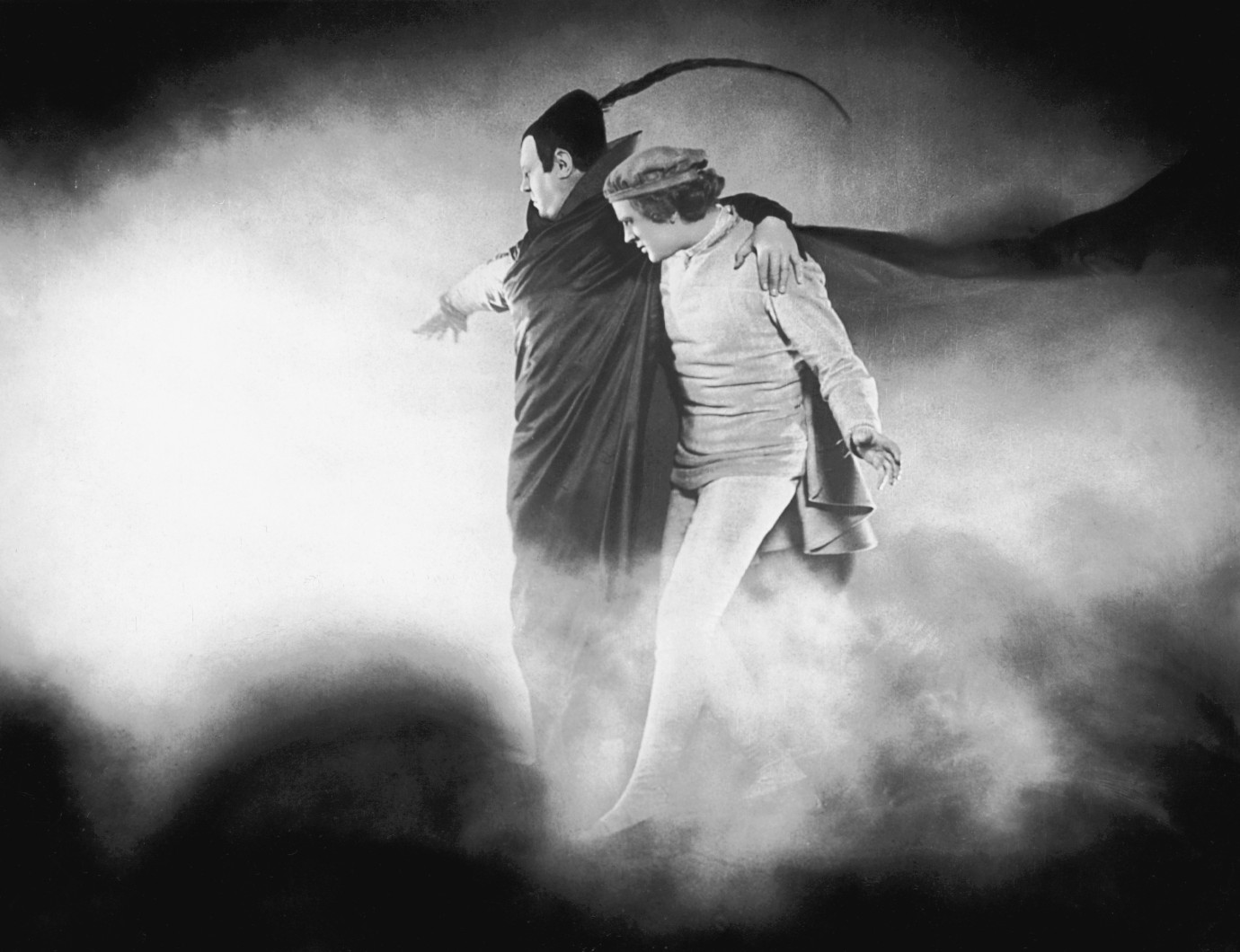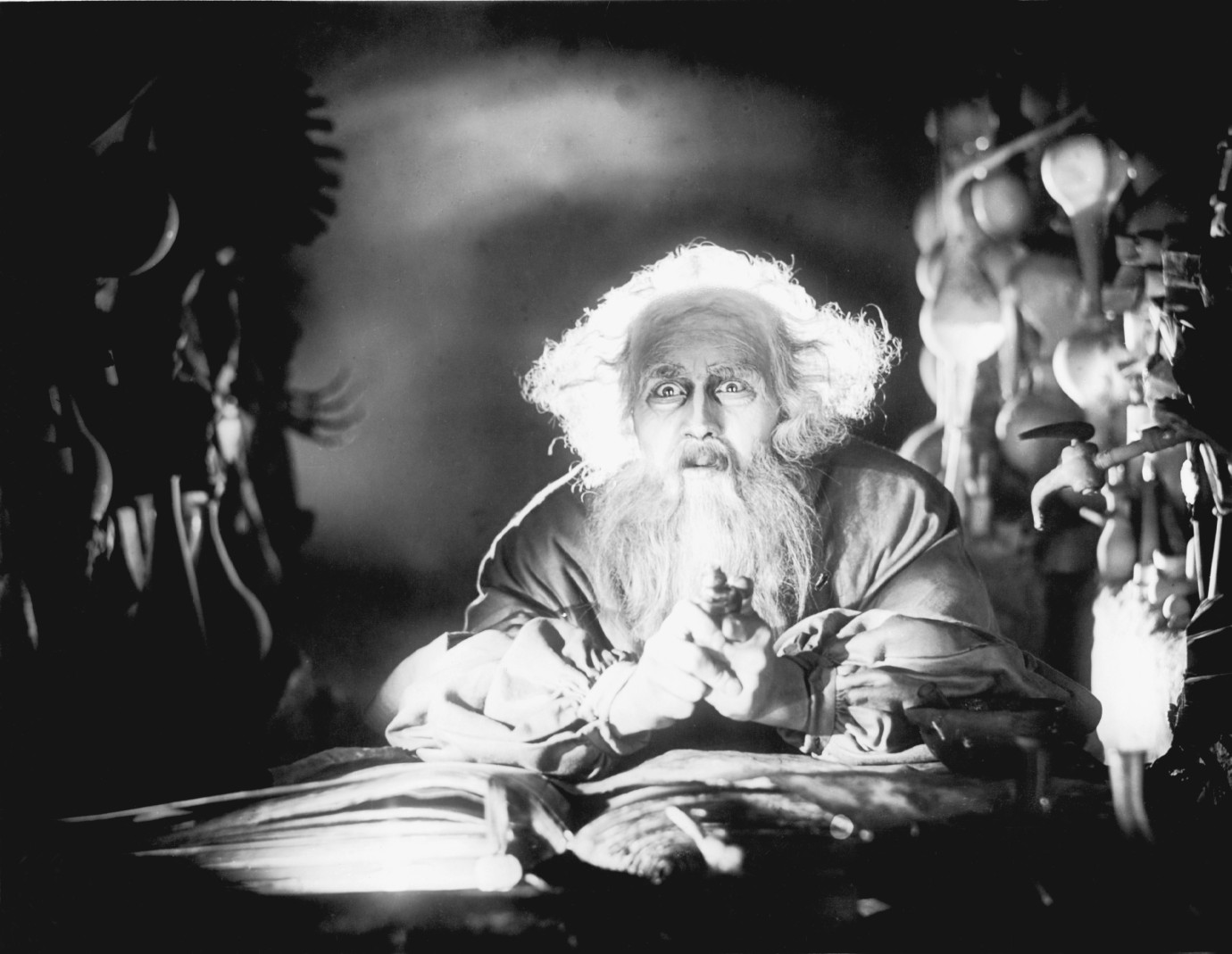Faust. Eine deutsche Volkssage
Faust
Source: Deutsche Kinemathek, Berlin, © Friedrich-Wilhelm-Murnau-Stiftung, Wiesbaden

Emil Jannings, Gösta Ekman
Faust. Eine deutsche Volkssage | Faust by F.W. Murnau
DEU 1926, Retrospective
Source: Deutsche Kinemathek, Berlin, © Friedrich-Wilhelm-Murnau-Stiftung, Wiesbaden

Gösta Ekman
Faust. Eine deutsche Volkssage | Faust by F.W. Murnau
DEU 1926, Retrospective
Source: Deutsche Kinemathek, Berlin, © Friedrich-Wilhelm-Murnau-Stiftung, Wiesbaden
Despairing at his failure to heal victims of the plague, Faust enters into a pact with the devil. But when Mephisto restores the alchemist to youth for 24 hours and takes him to the court at Parma, Faust seduces the duchess and forgets about his deadline. Now linked to Mephisto forever, Faust also seduces Gretchen and gets her pregnant. When Mephisto murders her brother, Faust is forced to flee. Only after the newborn child has frozen to death and the mother is condemned to burn at the stake as a murderess, does he return … ‘The gates of darkness have opened’ … In FAUST, everything turns on the play of light and darkness, from the first appearance of the riders of the apocalypse to the flickering of the pyre, as well as in the conflict between the white archangel and the lowering Mephisto. Cinematographer Carl Hoffmann used optical effects, scenic lighting, and atmospheric cross-fades to create a studio world that showcases key aspects of the human condition. ‘Black-and-white, light and shadow, the contrasts of the duality of our world; these are the poles between which the conflict plays out’ (Helma Sanders-Brahms, 2003).